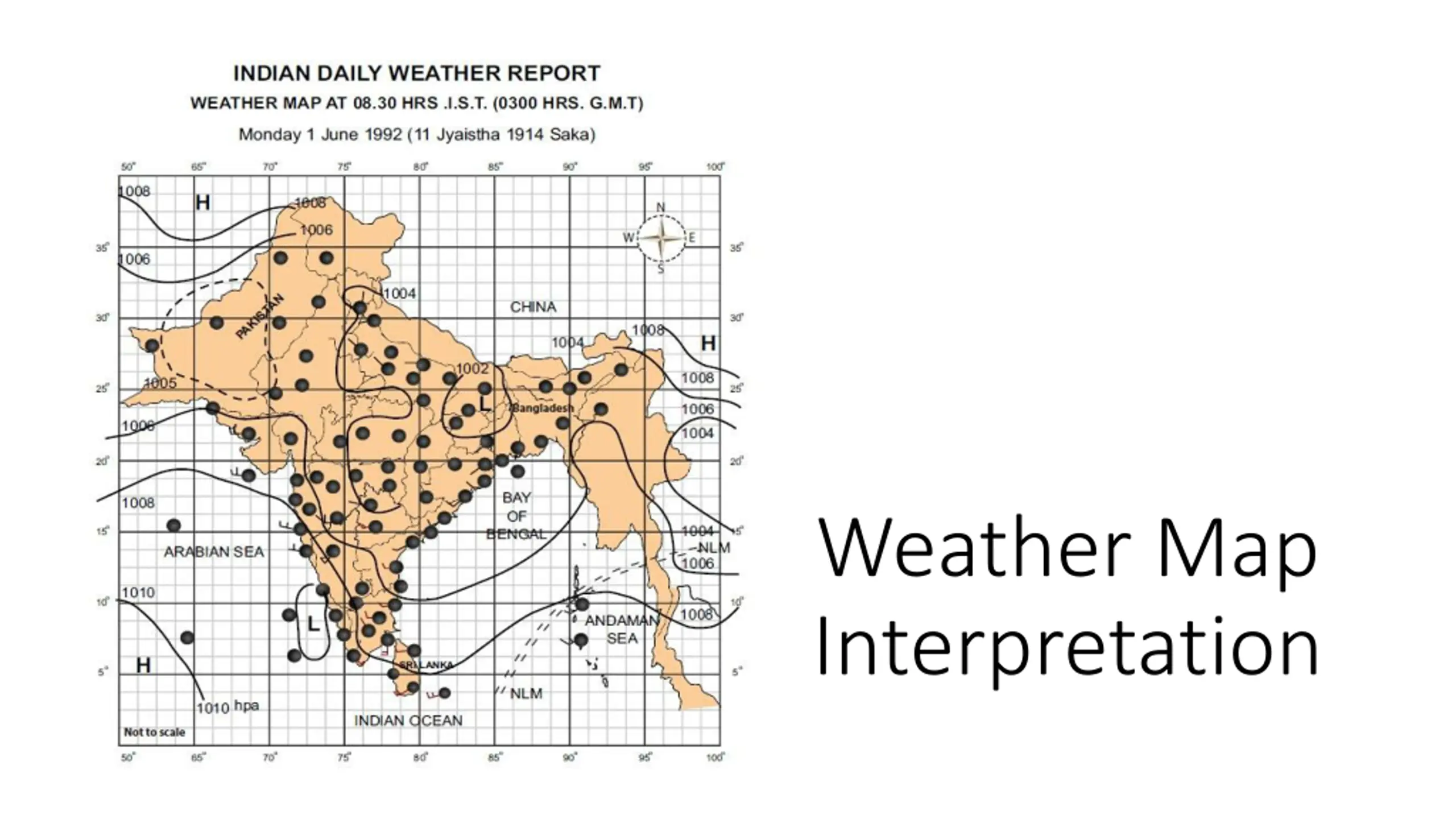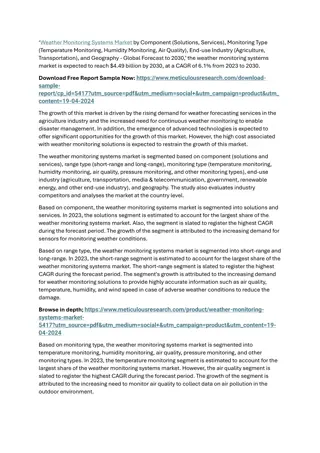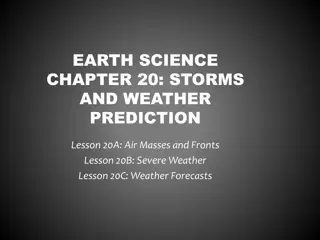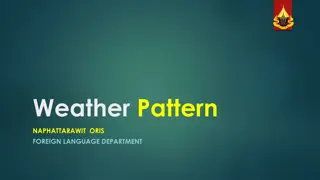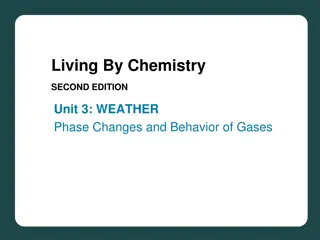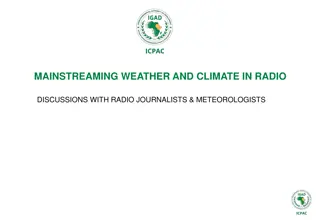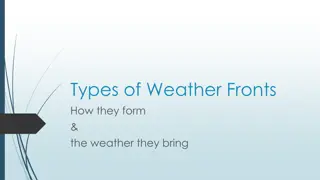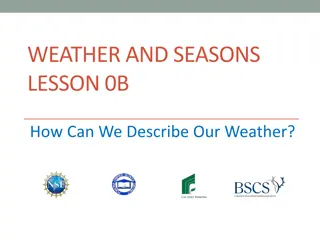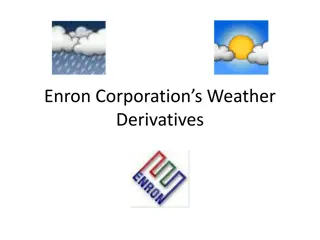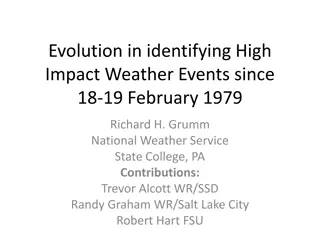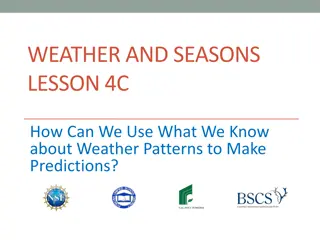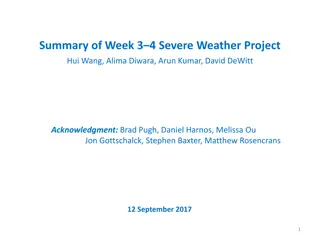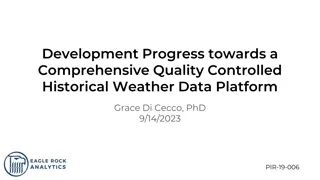Weather Map Interpretation
Weather maps provide data on various weather elements at a specific time. They show isobars, wind direction, cloud cover, rainfall, and more. Weather maps differ from synoptic charts which provide additional detailed information. Analyzing weather maps helps predict weather trends.
Download Presentation

Please find below an Image/Link to download the presentation.
The content on the website is provided AS IS for your information and personal use only. It may not be sold, licensed, or shared on other websites without obtaining consent from the author.If you encounter any issues during the download, it is possible that the publisher has removed the file from their server.
You are allowed to download the files provided on this website for personal or commercial use, subject to the condition that they are used lawfully. All files are the property of their respective owners.
The content on the website is provided AS IS for your information and personal use only. It may not be sold, licensed, or shared on other websites without obtaining consent from the author.
E N D
Presentation Transcript
Weather Map Interpretation
Weather Map Weather map is a tool for geographers to study meteorological phenomena. It contains the state of condition of various weather elements at a particular hour of a day. The hour of the day at which the observations are made is given at the top of the map. The date is also mentioned along with it. However, the map, as such does not include information about all the elements of daily weather. It incorporates the isobars drawn at 2 millibar interval and related location of high and low, the amount of cloud cover present in the sky, the direction and velocity of wind, the amount of rainfall, and some other weather phenomena, such as haze, fog, mist, squall, depression, limit of south-westerly monsoon wind, sandstorm, thunderstorm, dust devil, etc. Over the oceanic and sea-areas the condition of the sea is also marked.
How is a weather map different from a synoptic chart? Although the information in a weather map about various weather elements seem to be comprehensive, they do not include anything about the present or past temperature conditions, about the types of clouds covering the sky at various levels, about the humidity and about many other pertinent information. To obtain a more elaborate data about the conditions of all other weather elements usually a synoptic chart is used with station models prepared for different IMD stations.
Interpretation of weather Map The interpretation of a weather map is a sequential way of determining the general condition of weather of the day and the preconditions for the next few hours. If the study is made for a few consecutive days, the regional trend of changes of various weather phenomena can be understood.
Winter Season
Pre- Monsoon
Monsoon Season
